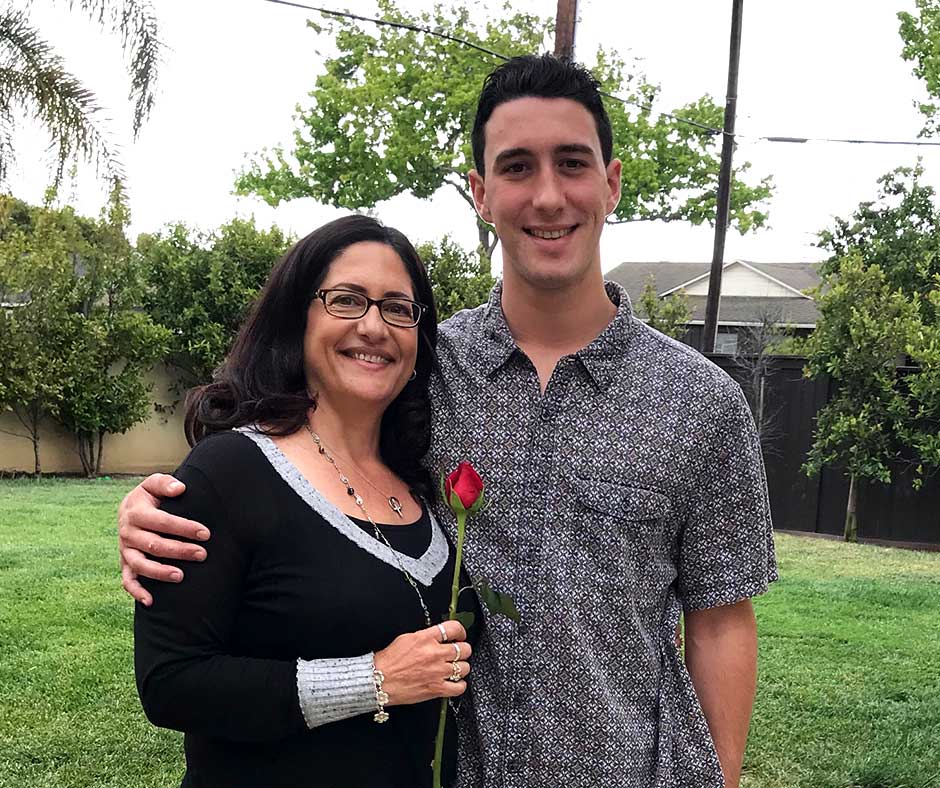Video Transcription:
Hey everyone, Howard Barker with New Life House here. And for our second video on behaviors that young adults struggling with substance abuse oftentimes partake in, we want to talk about procrastination and not seeing things through, or just giving up on things. So, a really common pattern that starts to develop when young adults struggle with substance abuse is, we don’t see things through. We give up on anything that becomes difficult. We start a lot of different attempts at things, but we never actually see them through to the end. And this has a couple issues with it. First of all, this begins to affect our self-esteem. We start to feel like, “You know what? I’m not capable of doing things all the way through. I’m never going to be capable of being successful in anything. So I might as well give up now.” And two, it starts making us feel like it’s easier to just not even try. It’s easier to just throw in the towel before anything happens so I don’t have to deal with the disappointment. And this has a lot of different consequences for us, but ultimately the biggest ones are the self-esteem, the self-worth and the lack of willingness to ever get uncomfortable and try something that might help us better our lives.
And so when a young man comes in a New Life House, we address this in a few different ways. The biggest one is that we start to erect a structure around it. We build some rigidity into their lives that they can slowly, but surely follow to kind of get back on track. So, in the beginning, it’s easy things: learning how to make your bed, learning how to clean your room, learning how to vacuum the rest of the house and pick up after yourself. And so doing these chores, that maybe we don’t always want to do, but then feeling good when we finished them and slowly but surely we layer new stuff on.
So next, it might be planning a meal for the other guys in the house and then learning how to cook. Then actually cooking and preparing the meal for the rest of the guys in the house. And then from there, now we’re certainly taking a mentorship role with some of the other guys in the house. Learning how to take responsibility for someone else, learning how to support another guy outside of the house and a newer guy that is struggling with things, learning how to help him out. Then it’s okay.
Now we’re going to look at what it’s like to go into the workplace. Learning how to do an interview, learning how to build a resume, learning how to go in somewhere and get told no, when you want to work there, and then go back out the next day and try again. Slowly but surely, when we make all these different things come together, someone starts to build that self-esteem. After the workplace, they start to go to school, learning how to put in that effort in college. And then eventually, we get to a place where we’ve built up that self-esteem, we’ve built up that self-worth, and now we built some self-confidence that when I put my mind to something, I am capable of being successful. And I am capable of seeing it through.
This plays out when someone leaves the recovery house and they’ve gone into real life where they have a whole new outlook on life. Now, they’re willing to try things that might’ve been scary previously. Now they’re willing to do things, where in the past, they may have procrastinated out of fear of what’s going to happen and what the results are going to be. And now they’re willing to say, “You know what? As long as I put my mind to this, I’m consistent and I see things through, I’m able to go out and be successful when I try it.”
Last Updated on February 20, 2024

